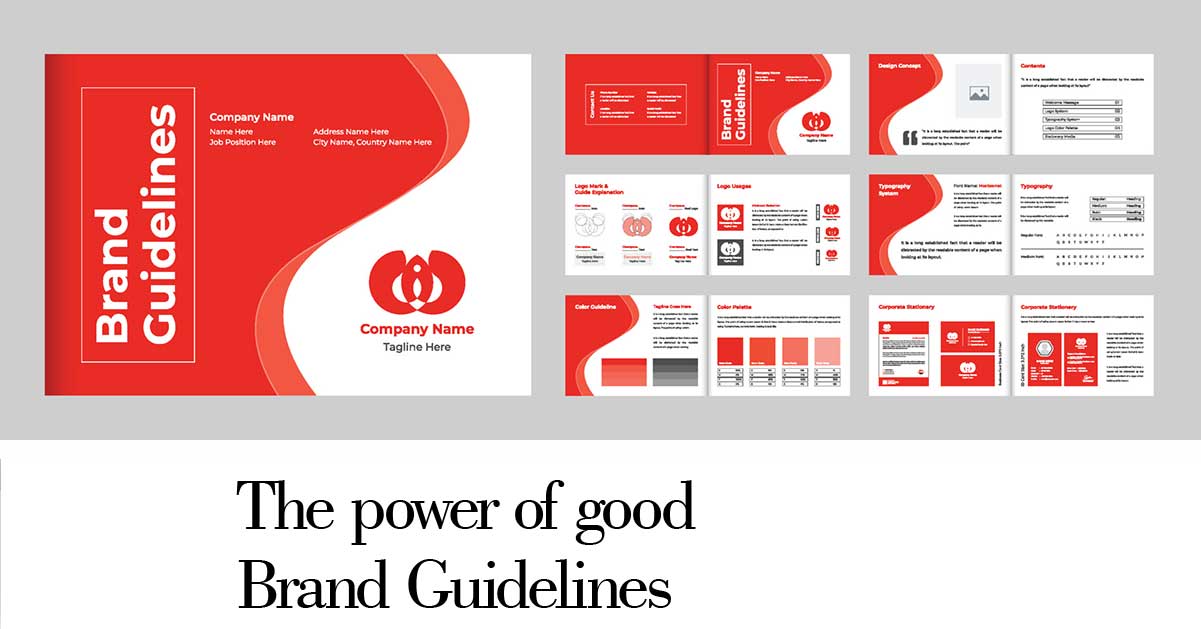Introduction
In today’s highly competitive business landscape, establishing a strong and recognizable brand is essential for success. Brand guideline documents play a pivotal role in ensuring consistency and cohesion across all brand touchpoints – including store signage. In this blog post, we will explore what brand guideline documents are, their uses and benefits, and – as our position as one of the largest signage designer and manufacturers in the UK – provide valuable insights on what should be included in them. Whether you’re a seasoned marketer or a small business owner, understanding the significance of brand guidelines can propel your brand to new heights and ensure your signage is effective!
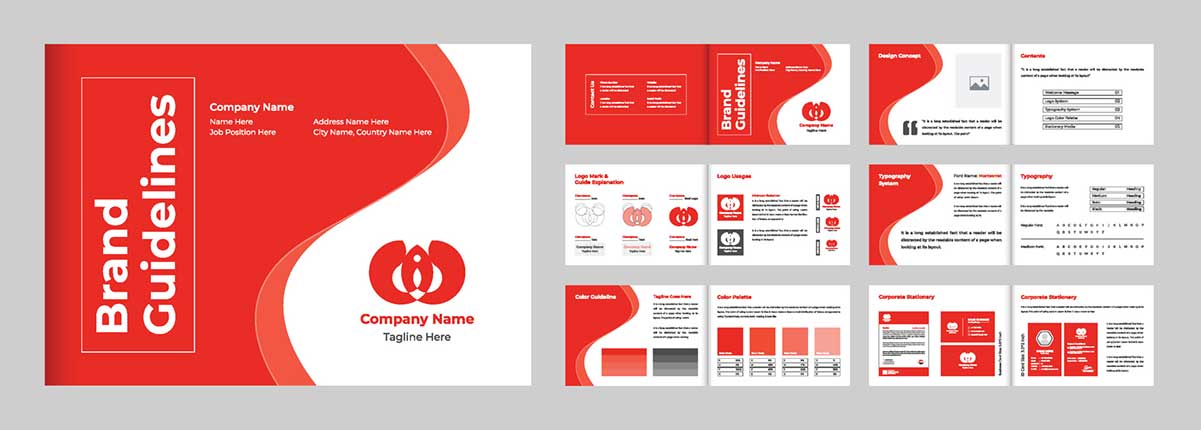
What are Brand Guideline Documents?
Brand guideline documents are comprehensive documents that outline the visual and verbal elements of a brand’s identity. These documents serve as a rulebook for internal teams, agencies, and stakeholders to maintain brand consistency and integrity across various channels. A brand guideline document acts as a blueprint, encapsulating the brand’s personality, values, and messaging guidelines.
Uses and Benefits
- Consistency: Brand guideline documents are crucial in maintaining a consistent brand image across all platforms. By providing clear instructions on logo usage, color palettes, typography, and imagery, brand guidelines ensure that every communication piece reflects the brand’s identity accurately. Consistency breeds recognition and strengthens brand loyalty in the long-term.
- Efficiency: Brand guidelines act as a time-saving resource for marketing and design teams. With a well-defined framework in place, teams can quickly create new marketing materials, advertisements, and digital assets without the need for constant approval or back-and-forth discussions. This streamlined process allows for more agile and efficient brand management.
- Onboarding: A brand guideline document serves as a comprehensive resource for new employees or external partners. It familiarizes them with the brand’s visual identity, voice, and tone, enabling them to align their work with the brand’s overall direction. This promotes a unified brand experience and prevents inconsistencies caused by varying interpretations, which will elevate the customer service experience.
- Brand Protection: Brand guidelines help safeguard a brand’s reputation by ensuring that the brand is used correctly and consistently. They provide legal teams with a clear framework for protecting trademarks, copyrights, and other intellectual property. By providing guidelines on brand usage, including do’s and don’ts, companies can prevent unauthorized alterations or misuse of their brand assets.
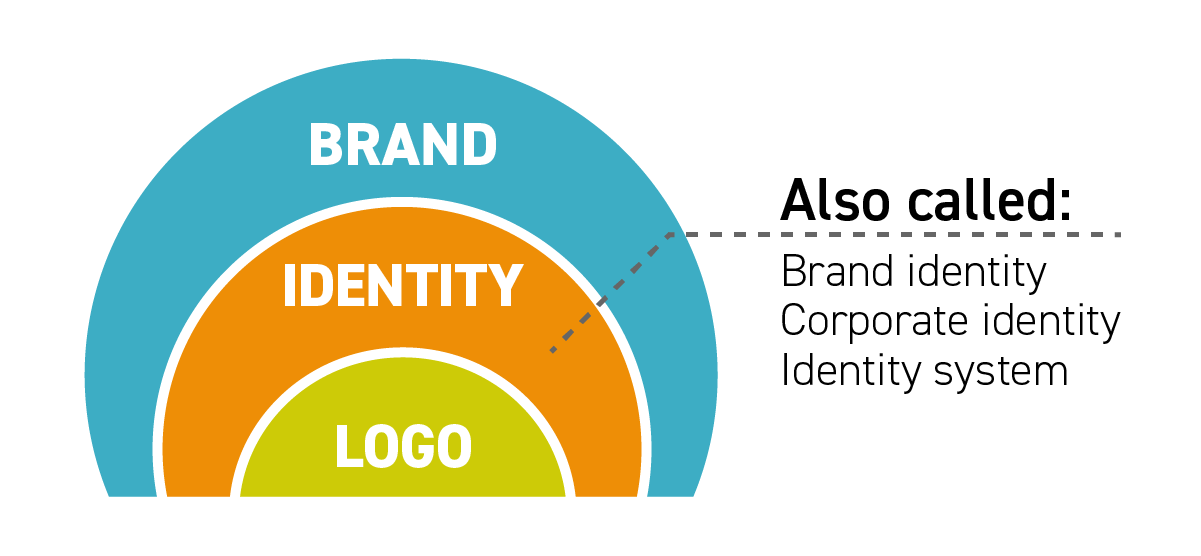
What Should be Included in Brand Guideline Documents?
Brand guideline documents should include a range of elements to provide comprehensive guidance for maintaining brand consistency. Here are some key components that should be included, along with illustrations used from global automaker Kia’s public brand guidelines:
- Brand Overview: Begin with an introduction to your brand, including its mission, values, and unique selling proposition. This section sets the foundation for understanding your brand’s essence and informs all subsequent guidelines.
- Logo Usage: Specify the correct usage of your brand’s logo, including variations (such as primary and secondary versions), clear space requirements, size guidelines, and placement options. Provide visual examples and guidelines for different backgrounds and applications to ensure the logo is used consistently.
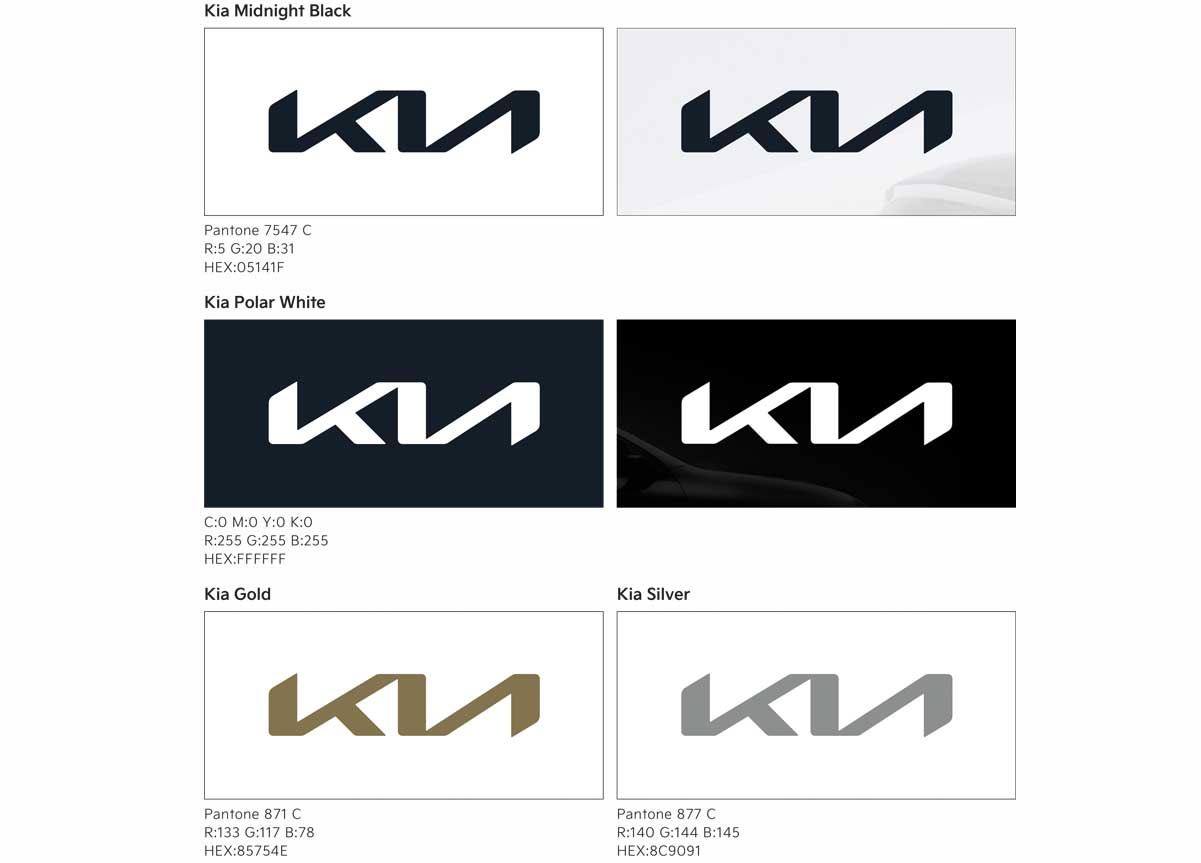
- Colour Palette: Define your brand’s primary and secondary colour palette, including specific colour codes for both print and digital media. Outline guidelines for colour combinations, usage proportions, and any restrictions to maintain visual harmony and brand recognition.
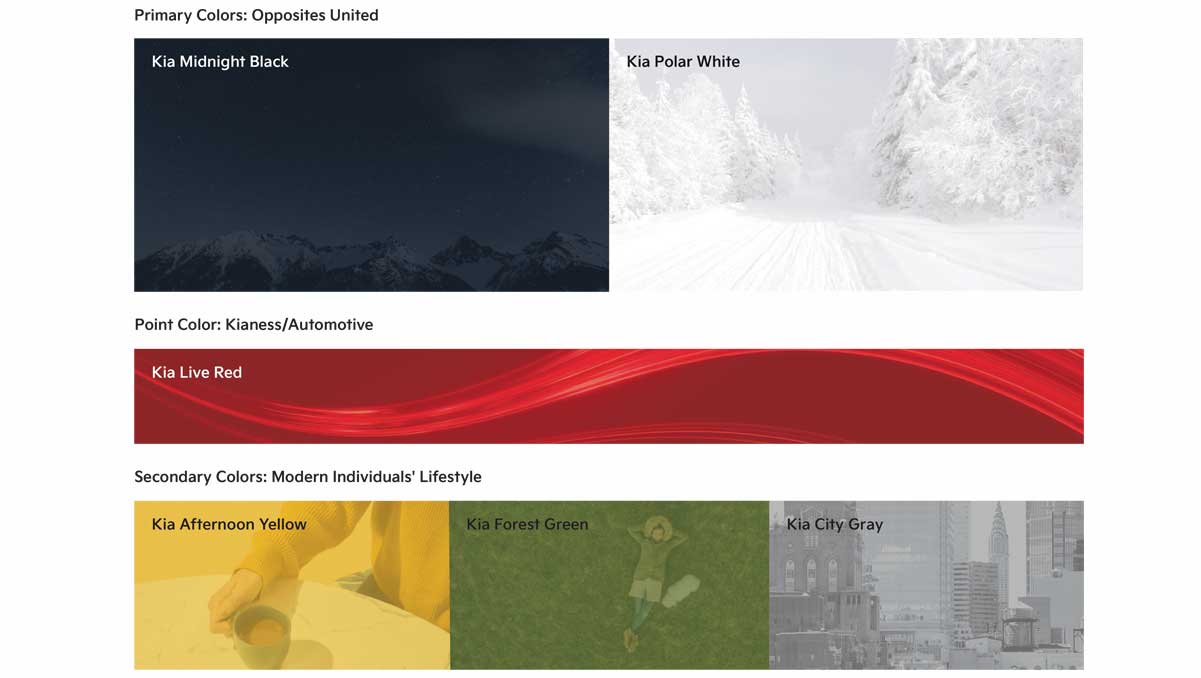
- Typography: Specify the fonts and typography styles to be used consistently across all brand communications. Include guidelines for headings, subheadings, body text, and any additional typographic elements. Specify font sizes, spacing, and formatting guidelines to maintain visual consistency.
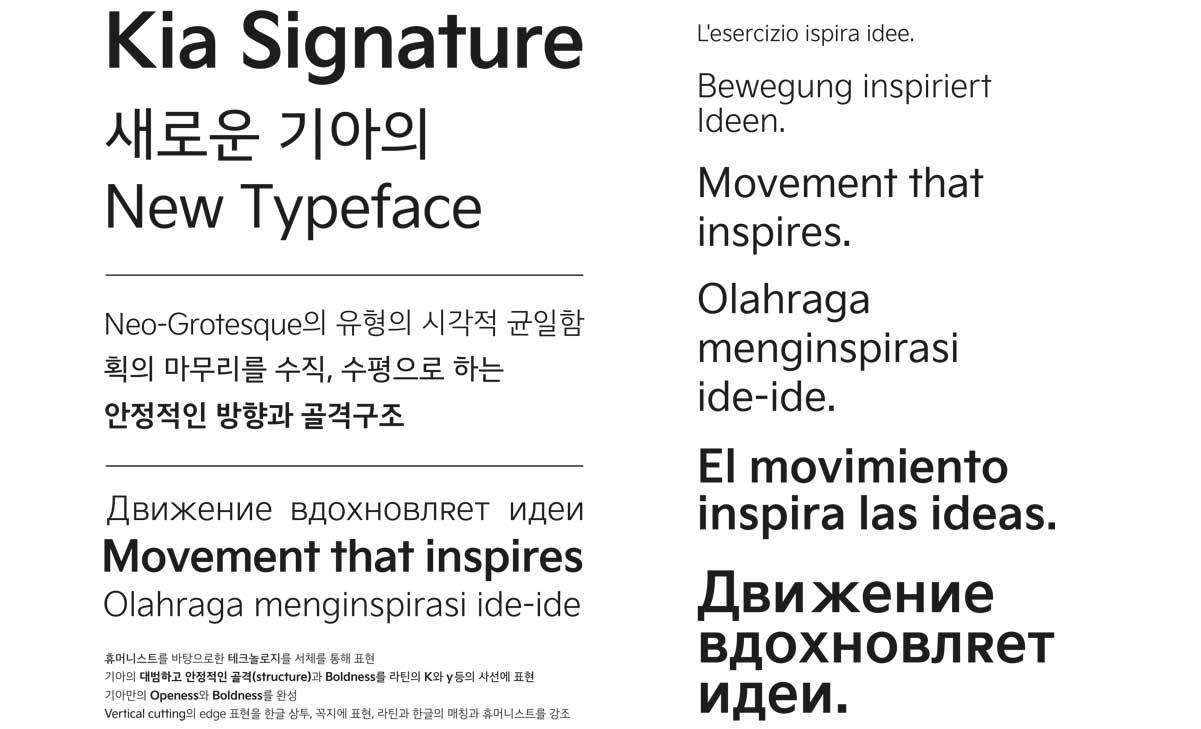
- Imagery and Photography: Establish guidelines for selecting and using imagery that aligns with your brand’s aesthetic and values. Specify preferred image styles, types of photography, and any specific filters or editing styles to be used. This section should also address guidelines for stock photos, illustrations, and other visual elements.
- Voice and Tone: Clearly define your brand’s personality, voice, and tone. Provide examples of appropriate language and communication styles for different contexts and target audiences. Establish guidelines for written content, including messaging for marketing materials, social media, and customer interactions.
- Brand Applications: Include guidelines for applying your brand across various channels, such as print materials, digital media, packaging, signage, and advertisements. Provide specific instructions for maintaining consistency in each medium and examples of how to properly apply your brand elements.
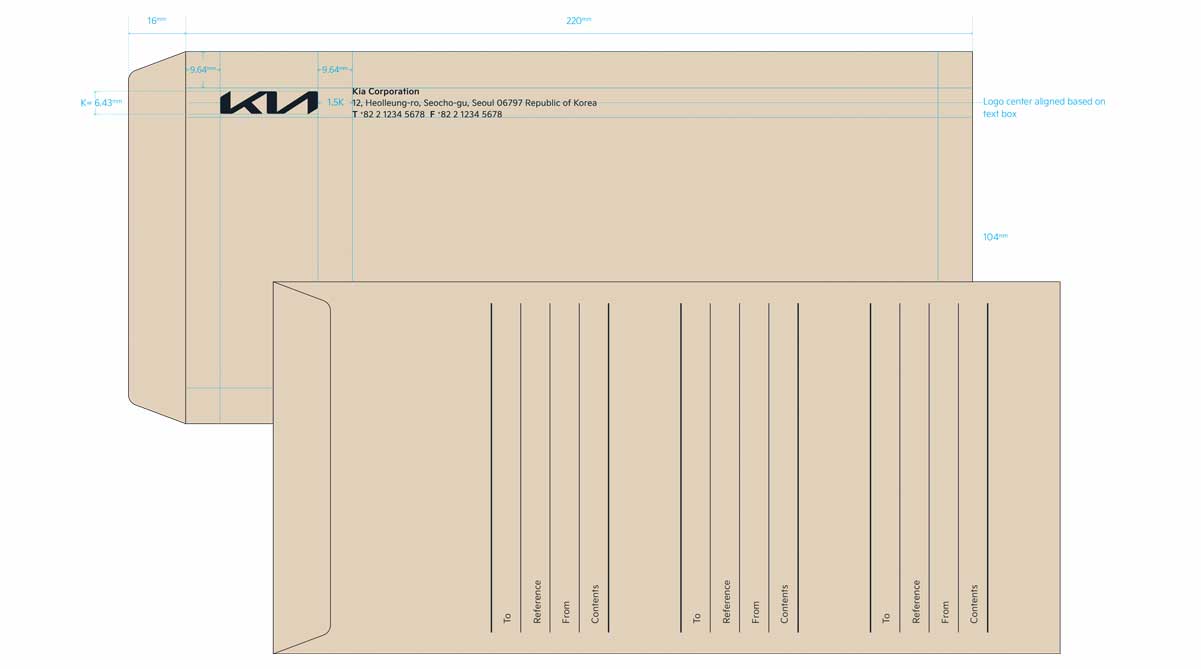
- Brand Extensions: If your brand has sub-brands or product lines, include guidelines for how these entities should align with and differentiate from the main brand. Specify any variations or modifications allowed within the brand architecture while ensuring a cohesive brand identity.
- Additional Resources: Provide a list of additional resources, such as downloadable logo files, templates, and stock photo sources. Include contact information for brand representatives who can provide further assistance or answer questions.
Remember, the specific elements included in brand guideline documents may vary based on the complexity and needs of your brand. The goal is to provide comprehensive guidelines that maintain consistency and foster brand integrity across all touchpoints.
Creating Effective Signage: The Link to Brand Guidelines
In addition to the various uses and benefits mentioned earlier, brand guideline documents play a critical role in creating effective signage for your business. Signage acts as a powerful visual representation of your brand and serves as a valuable tool for attracting customers and communicating key messages. Let’s explore how brand guidelines directly impact the creation of impactful signage:
- Consistent Brand Identity: Signage serves as an extension of your brand’s visual identity, and brand guidelines ensure that your signage aligns seamlessly with your overall brand image. Consistency in logo usage, colors, typography, and design elements across your signage reinforces brand recognition and reinforces your brand’s credibility and professionalism.
- Clear Messaging: Effective signage communicates essential information concisely and clearly. Brand guidelines help define your brand’s voice and tone, enabling you to craft signage messages that reflect your brand personality and resonate with your target audience. Whether it’s a tagline, a call to action, or product features, your brand guidelines ensure that your messaging is cohesive and impactful.
- Visual Hierarchy and Readability: Well-designed signage captures attention and delivers its message quickly. Brand guidelines guide the selection of fonts, font sizes, and hierarchy to ensure optimal readability. Whether it’s a storefront sign, a large totem or any smaller signage found throughout the inside of your business, following your brand’s typography guidelines ensures that your signage is legible from a distance and captures attention effectively.
- Colour Psychology: Colours have a powerful impact on human emotions and perception. Brand guidelines provide guidance on colour palettes, specifying primary and secondary colours that reflect your brand’s personality. By aligning your signage colours with your brand guidelines, you can evoke specific emotions, create a memorable visual impact, and enhance the overall brand experience.
- Differentiation and Brand Recall: In a crowded marketplace, standing out is crucial. Effective signage, guided by brand guidelines, helps differentiate your business from competitors. By incorporating unique design elements, distinct colour schemes, and consistent logo usage, your signage becomes instantly recognizable, enhancing brand recall and leaving a lasting impression on customers.
- Integration with Physical Space: Brand guidelines can also provide recommendations for signage placement and integration within your physical space. Guidelines on size, positioning, and materials ensure that your signage is cohesive with the overall environment, whether it’s an office, retail store, or event venue. This integration creates a harmonious brand experience and enhances the overall aesthetics of your space.
Harnessing the Power of Brand Guidelines for Effective Signage
Brand guidelines act as a compass, guiding the creation of impactful signage that represents your brand accurately and effectively. By following the guidelines for logo usage, colour palettes, typography, messaging, and visual hierarchy, you can ensure that your signage aligns seamlessly with your brand identity. Consistency in signage not only enhances brand recognition but also establishes trust and credibility with your audience. So, embrace the power of brand guidelines and create signage that captivates attention, communicates your message clearly, and reinforces your brand’s unique identity.
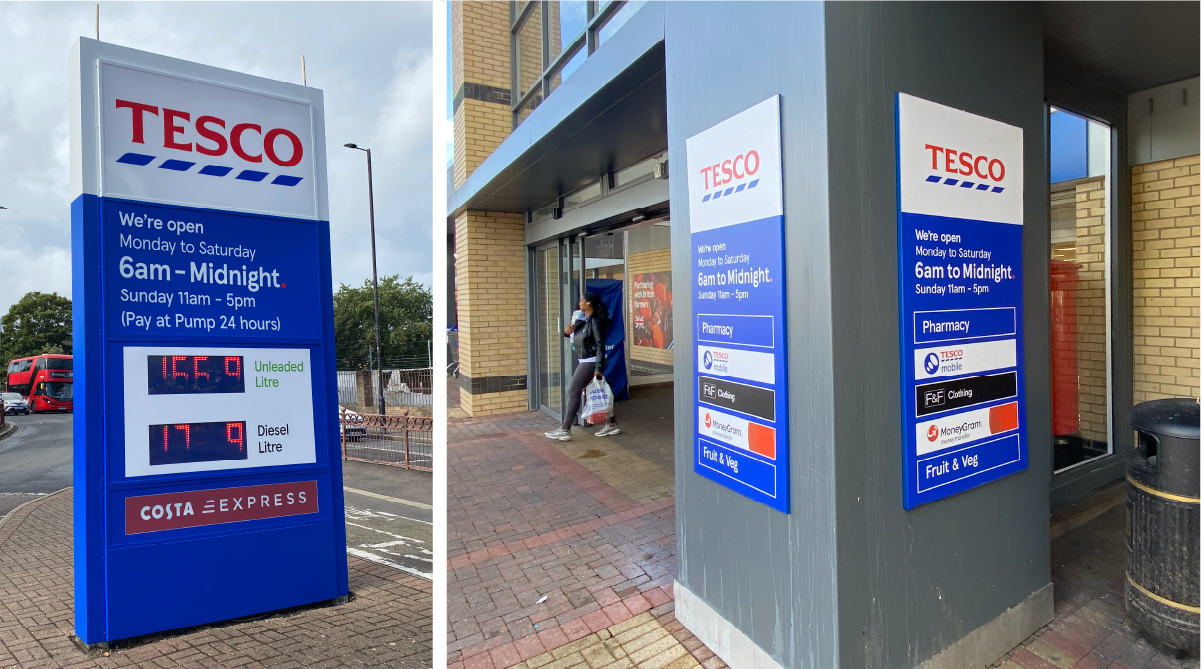
Top Tips:
- Keep your brand guidelines updated and accessible to all relevant stakeholders to maintain consistency across all signage.
- Involve a professional signage designer – such as us, who have a whole team of professional designers with decades of experience. They’ll be able to understand and apply your brand guidelines effectively.
- Test your signage’s readability and visual impact from different viewing distances and angles to ensure its effectiveness.
- Regularly review and refine your brand guidelines as your business evolves to ensure they remain relevant and aligned with your brand’s vision.
- Continuously monitor and audit your signage to ensure compliance with brand guidelines, making any necessary adjustments or updates as needed.


